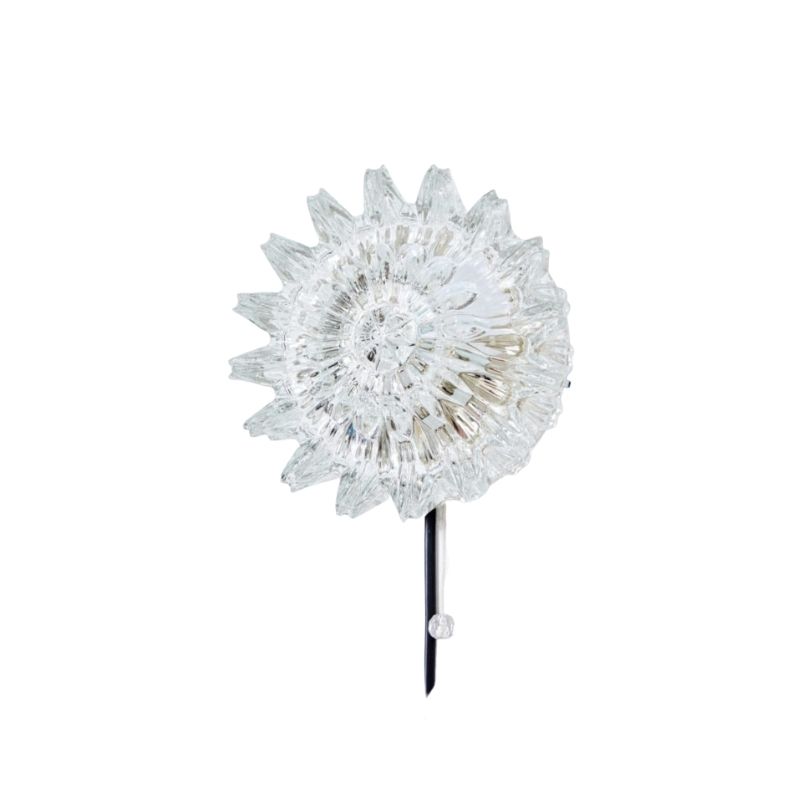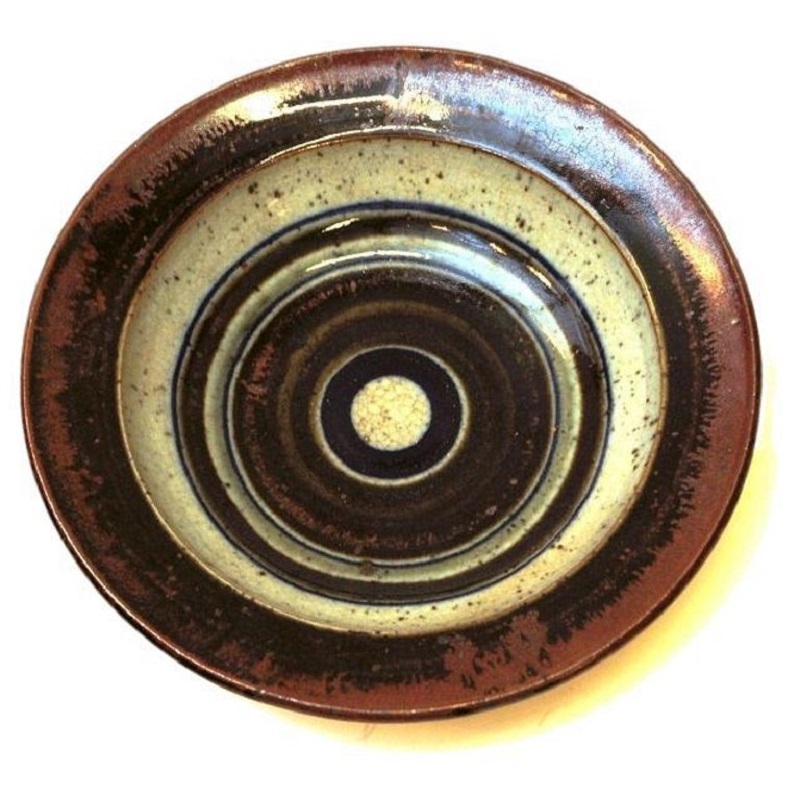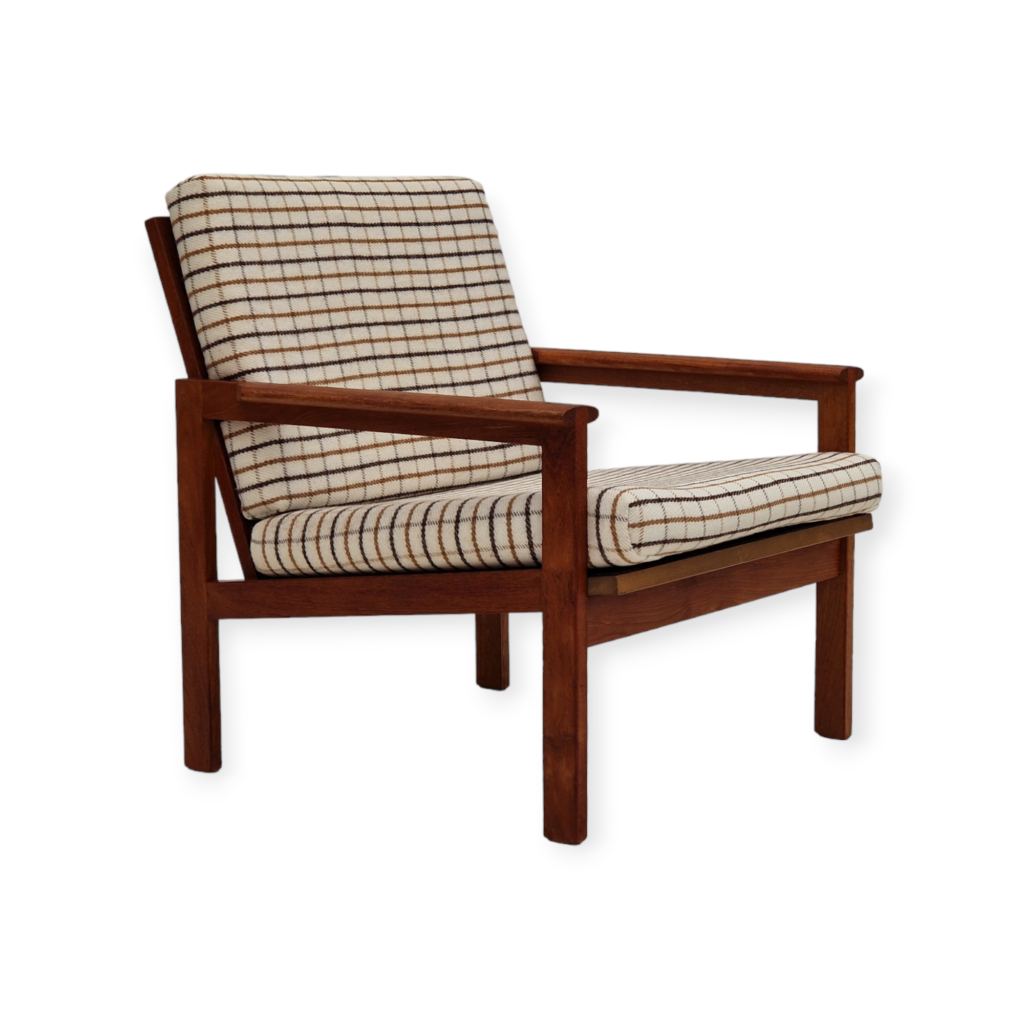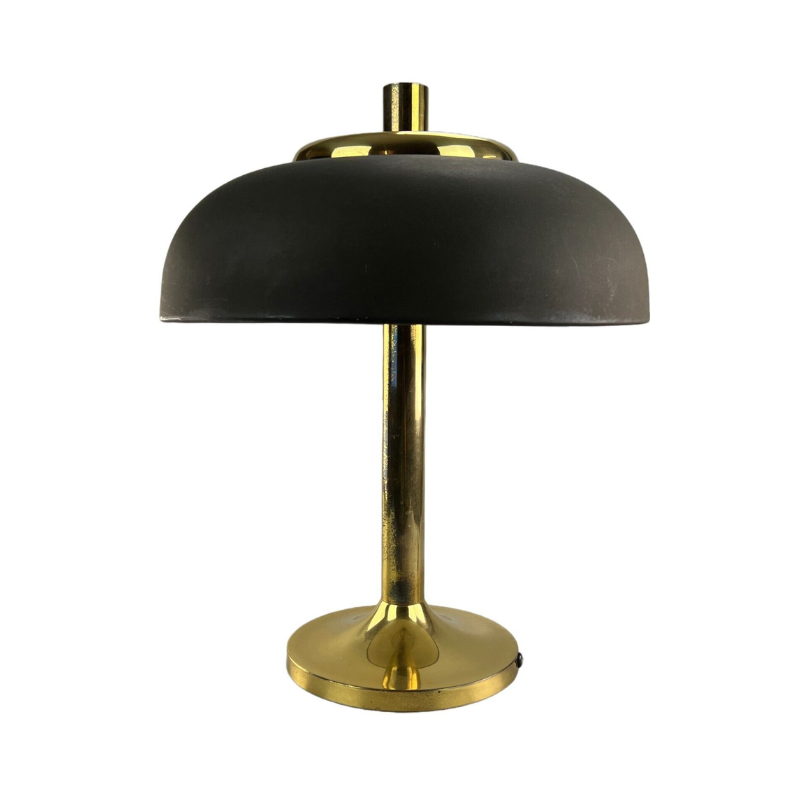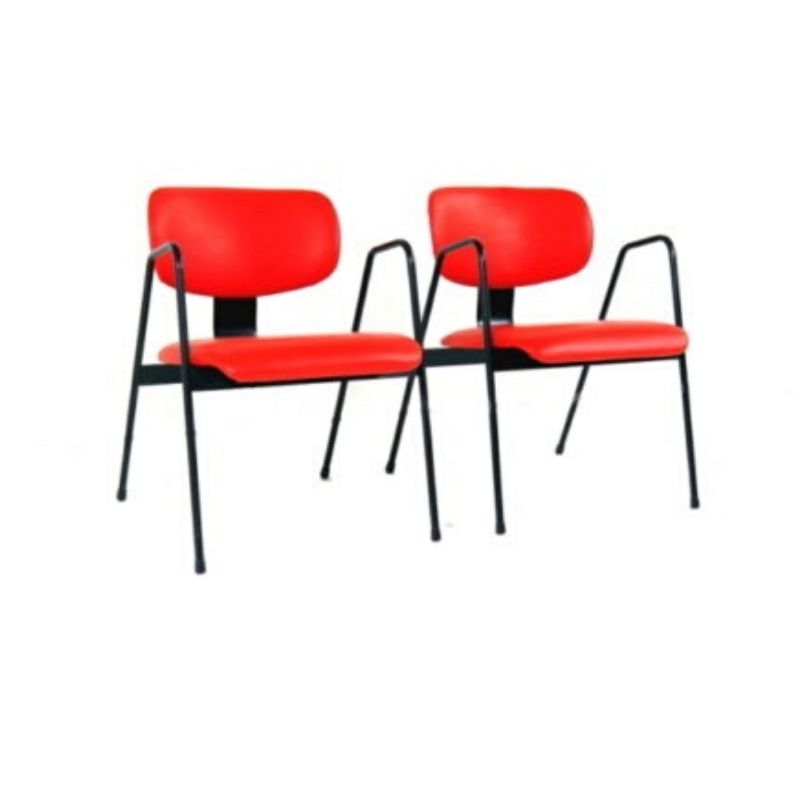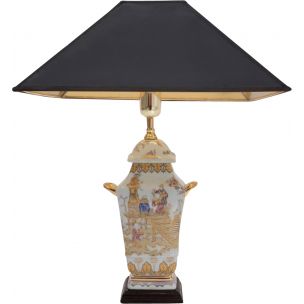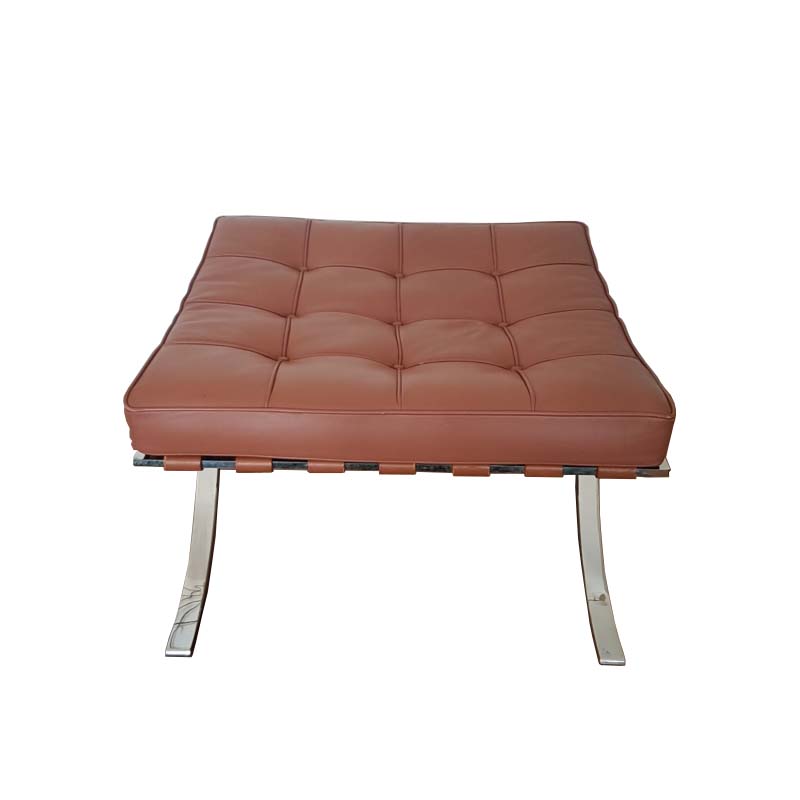I bought a Florence Knoll credenza with Pandanus cloth sliding doors. An "interior decorator" replaced the original legs with cast brass legs and also may have added a tinted finish. I have two questions for the Knoll experts on this forum.
(1) Which is more historically accurate — one-inch square tube or one-inch round tube? I plan to have custom legs made, similar to those pictured.
(2) Does the wood grain look like walnut? It appears that the "interior decorator" added a mahogany-colored finish, maybe in attempt to make it look like rosewood. It may be difficult to see, but the third photo shows a section that the refinisher missed — the upper track of the sliding doors. [Sloppy work by the refinisher, but I appreciate the clue to the original color.] I may try to strip a test section to see whether it's a tinted varnish rather than a penetrating stain. If the former, I'll strip it; if the latter, I'll live with it.
 <img class="wpforo-default-image
<img class="wpforo-default-image
The inside has also been painted white. It is walnut. It looks well within the proper color range for walnut to me....
I am not an expert on Knoll credenzas, but I have owned one. It had square chrome legs with a black plastic foot that screwed up and down to level the case. I think I remember a square mounting plate with the leg welded on in the center, and 4 screws.
If you take one of the legs off, do you see other holes for different legs? (I would check that before I assumed that these ones one there are definitely not original. I think you are right, but you could confirm it this way).
Thanks, Lief. I think the white interior is original. Its shelves, pullout, and white interior matches similar credenzas with cane doors and Pandamus cloth doors that I found on 1stdibs (see photos 1-3). Also those credenza appear to have round legs (photos 1-2) to me, although I couldn't find a clear photo.
The brass legs are obviously a replacement. Photo 4 shows the imprint/shadow of a square plate beneath the triangular plate and an extra screw hole.

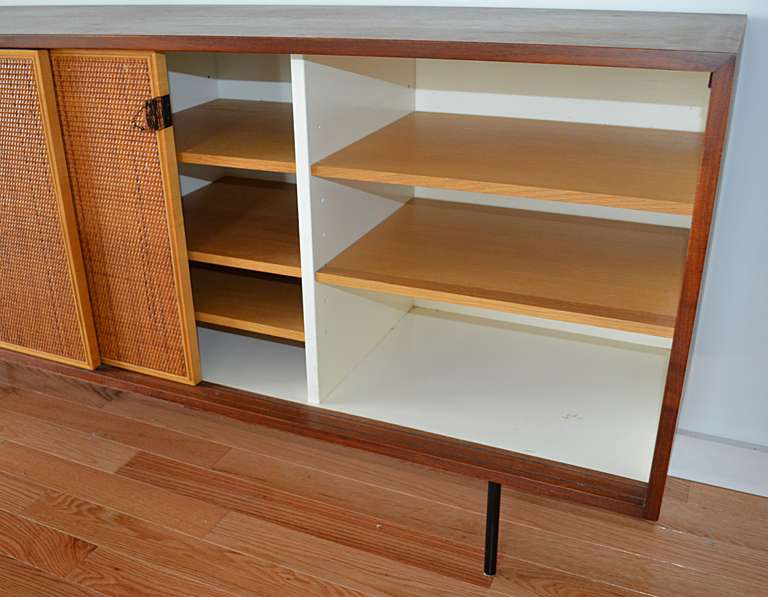
I absolutely agree they are replacement legs then. The screws also look very new. I expect the originals would have been slotted screws.
And I am glad to be wrong about the white interior. If you stick your head in the bays and look up at the underside of the top, is there a date stamp somewhere? It would perhaps look like this:
This seems to be Model 116 — which is a taller (31") sideboard rather than a shorter (25"-29") credenza. The interior decorator probably replaced the legs because he/she wanted a shorter piece. Here's a designaddict ad for a Model 116 in maple:
http://www.designaddict.com/buy-and-sell/Furniture/shelving-storage/Rare...
I still can't find a good photo of the legs of a Model 116, but they appear to be a round tube rather than a square tube.
An update…
I had legs fabricated to match the original Model 116 specifications — 1" diameter, 9" high, round, steel legs, coated in black semigloss paint — and replaced the 6.75" high, tapered brass legs that a decorator had installed. (See the before photo, #1, and the after photos. #2 and 3, below.) It is now restored to sideboard height (rather than credenza height).
I have saved the brass legs for my own Frankenstein project. I have plans to disguise a modern 2-drawer lateral file cabinet as a mid-century credenza in my home office.


Just read this thread today. I own a Knoll 116 sideboard but with caned sliding doors and everything original. It's 72"L x 18"deep and 31" H (case 22"H, legs 9"). It has a walnut case with cane-covered, blond-wood-framed, sliding doors with leather pulls. The interior is white-painted but with natural oak shelving and utility drawer.
The steel legs are circular cylinders, painted black, 9" long and 3/4" in diameter with unobtrusive metal glides (non-self-leveling). They are attached to the cabinet by square steel plates (3-1/4" side) each having 4 slotted screws.
The 116 is shown in Rouland, "Knoll Furniture, 1938-1960", p. 132. Strangely the description mentions only caned doors but the picture shows Pandanus.
I've owned this piece for 20 of its ~60 years and have never done anything but dust it. However, the front cane slider shows much more exposure to the vicissitudes of time than the other (lighter and drier). I'm thinking of using some mild furniture polish on the cane.
Charlie
The 31" height (with 9" legs) is true. This includes a negligibly small glide on the bottom; but no one would have one inch glides.
I verified the 3/4" diameter. The legs being black have a really minimal presence giving the sideboard a floating feel. I personally don't think you should redo the 1" legs; the effect is the same as with 3/4".
Such nice case goods . . .
I'm building some store fixtures which the client wished to see on legs. I found these annular-brushed stainless steel-on-plastic legs at IKEA; they really look nice on the pieces. The shaft is about 1 inch in diameter. When the floor is cleared and cleaned, I'll post pics.
http://www.ikea.com/us/en/catalog/products/10267895/
If you need any help, please contact us at – info@designaddict.com



